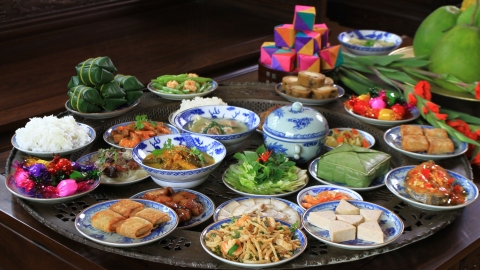Fikabröd literally translates to fika bread, but that doesn’t mean that Scandinavians like to sip their coffee with… bread! Fikabröd is, rather, a collective noun that refers to all the sweets that one can eat during a traditional fika in the land of lagom.
As elaborate as fikabröd
Unlike the way Vietnamese or Asian people enjoy coffee, Westerners often have the habit of drinking coffee with a kind of pastry. It could be a cup of cappuccino served with a freshly baked crispy croissant for an Italian breakfast, a cup of hot black coffee with a piece of Finnish Runebergintorttu, or a giant Starbucks with a colorful American donut. However, to have a name for the types of pastry served with a fika, as well as different types of pastry to eat on different occasions, and even more impressively, a day when the whole country celebrates... a kind of pastry, it can only be Sweden!
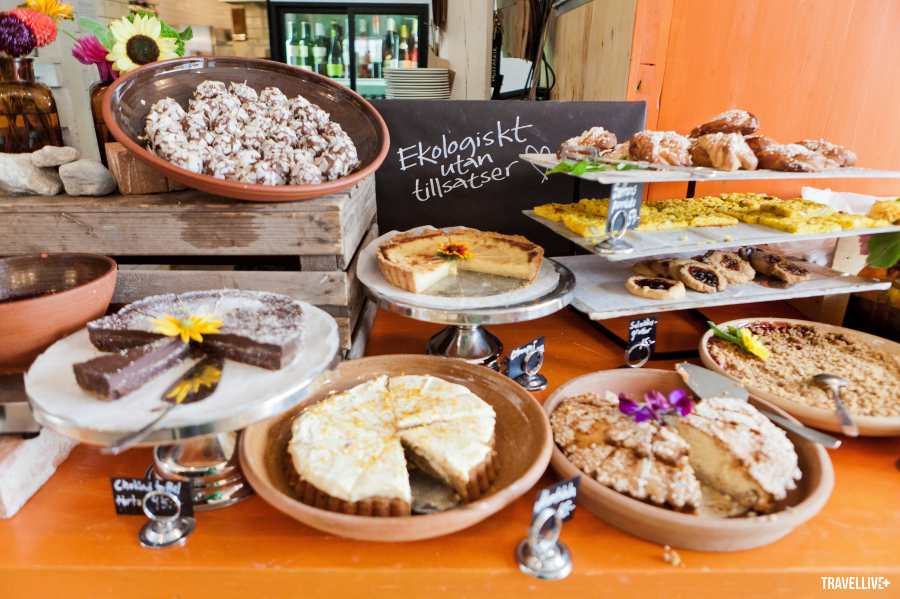
The most popular treats at Swedish fikas are waffles, sugar cakes, marzipan-covered cakes (also known as princess cakes), “vacuum cleaner” candies (because they resemble the head of a vacuum cleaner), chocolate balls, and a few other sweets. However, fika and fikabröd culture is much more complex, with rules that can confuse those new to fika, such as the order in which each type of sweet should be eaten during a fika, and what time of day or season each type of sweet should be eaten.
Around the 19th century, when street coffee shops were not as popular as they are now, a coffee meeting would usually take place at the host’s home, and was usually only for men. Coffee would be enjoyed with baked goods made by the hostess herself. Therefore, this was an opportunity for the husbands to meet and show off their family assets.
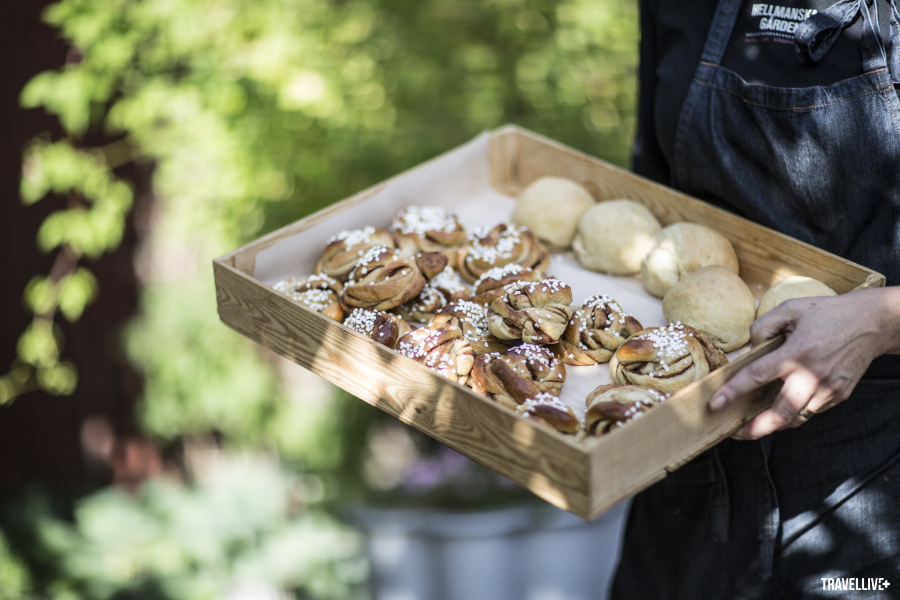
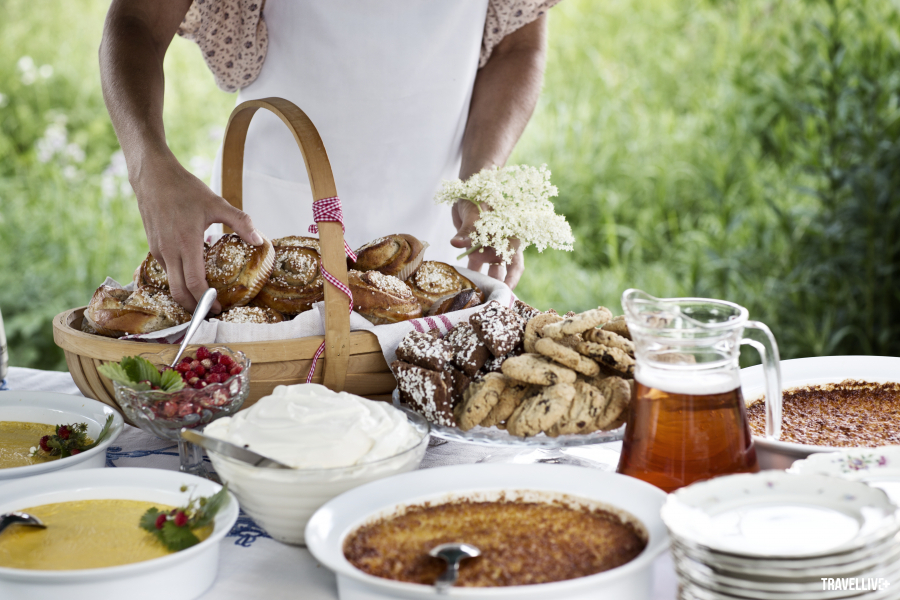
The reason it is called showing off is because all the cups and dishes used for fika that day must be the most beautiful and best in the house. Absolutely do not take out the cups and dishes used every day to entertain distinguished guests, and certainly do not use thick cups that feel heavy. The porcelain used for coffee that day must be thin porcelain with handles. The host can use many different sets of cups and dishes, but of course they must be beautiful and must comply with the above rules.
The tablecloths also had to be changed, usually to a nice one for special occasions. And even the coffee had to be accompanied by a special kind of condensed milk cream, called kaffegrädde in Swedish, and not fresh milk. Everyday fresh milk was… too ordinary. Nowadays, kaffegrädde is often preferred by older people because of its characteristic richness, while young people prefer low-fat or skimmed milk. In a 19th-century-style home fika, everything had to exude the appearance of a party, not grand but more refined and special than usual.

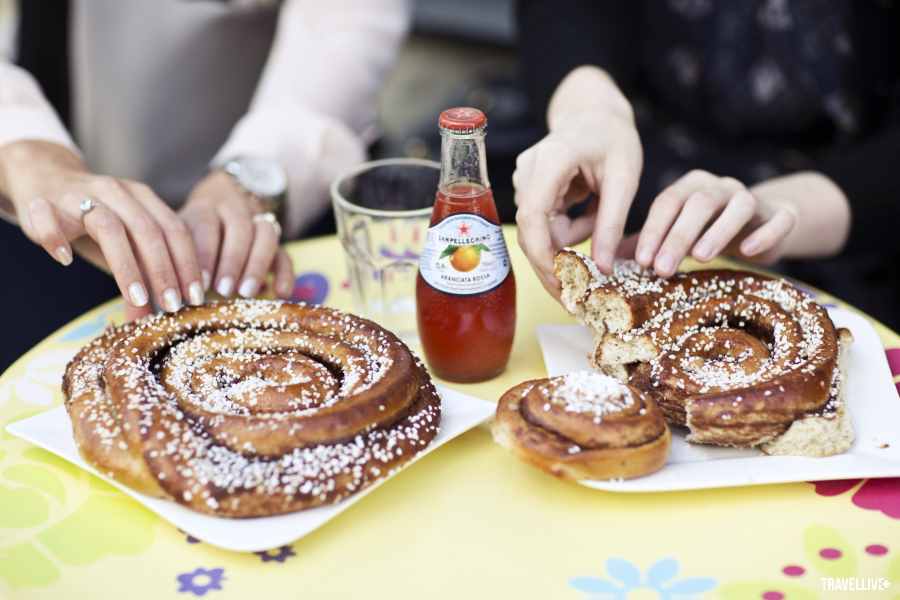
7 types of lucky cookies
As elaborate as fikabröd is, of course, there are rules for enjoying it. Usually, four different types of cakes are served. First are the regular baked cakes (bullar) such as cinnamon cakes (kanelbullar) or raisin cakes (rosinerbullar). The reason they are served first is to keep them warm and fluffy right from the oven. If the cakes cannot be baked right away, the host must at least serve guests cakes that were baked the same day. Old cakes, even if they were only yesterday, will taste different immediately.
When I first came to Sweden, I didn’t pay much attention to hot bread. For me, hot bread is a waste of time blowing on it, so I just ate it cold. But it wasn’t until I had a piece of hot, freshly baked waffle that I realized why bullar needs to be eaten hot to be “proper”! The freshly baked bread was left to cool slightly on the tray before being taken out to enjoy, and when broken in half, a little hot steam rose up gently. The soft, spongy cake, the sugar on top of the cake was still chewy, mixed with the bitter taste of hot coffee, which would be wonderful to enjoy at a fika in the cold, snowy winter!
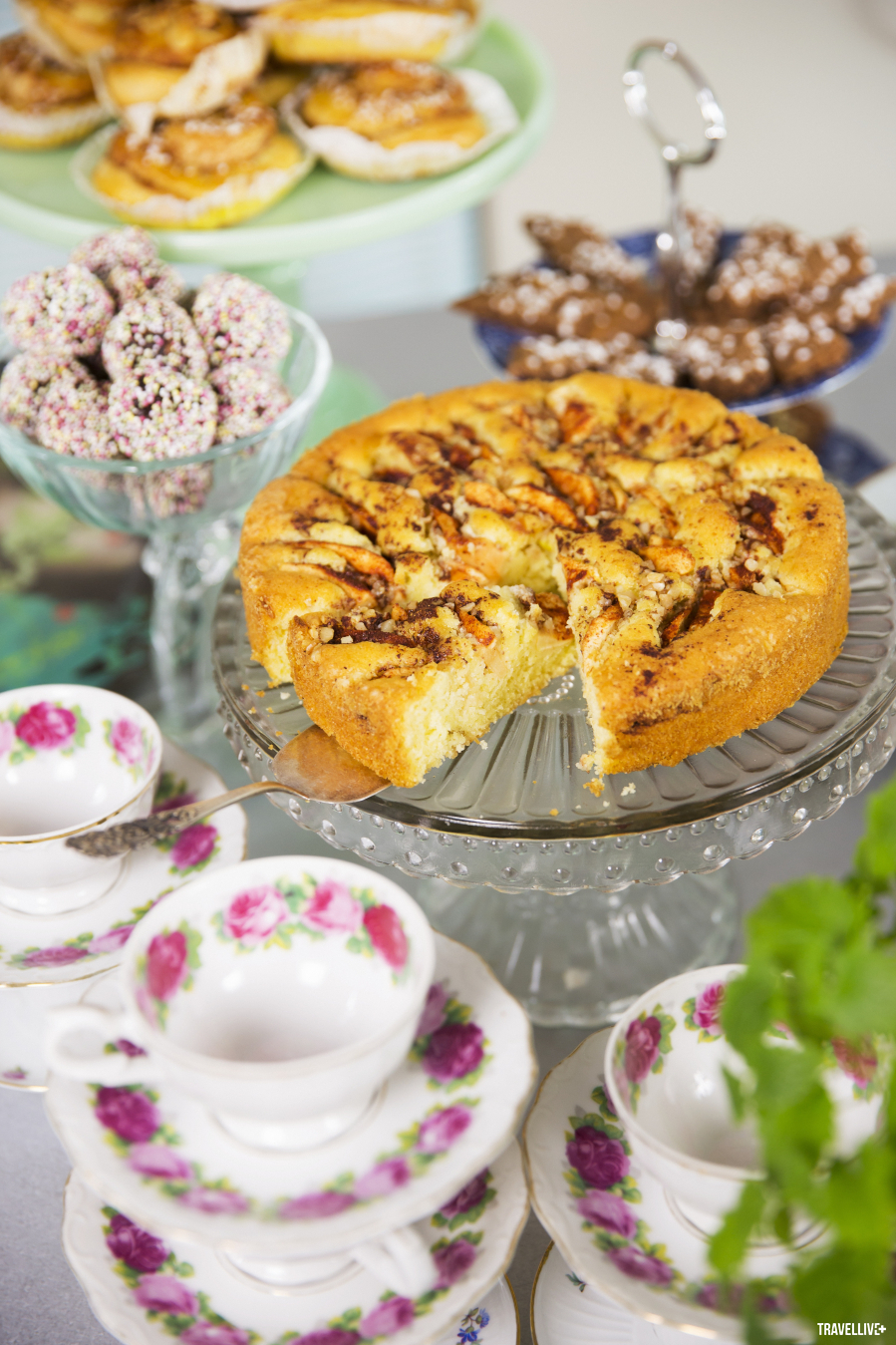
After enjoying the bullar, guests will be offered various types of sponge cakes. The most popular is sugar sponge cake, with a simple cake base recipe. There can also be spiced sponge cakes, often with popular spices such as cinnamon powder, clove powder, star anise powder, etc. to stimulate the taste. These cakes are usually decorated quite simply with a little whipped cream, a few berries sprinkled evenly on the cake, or no decoration at all.
For the third round, the host will bring out a small tower of cookies, containing seven different types of cookies. Why seven? Because the Swedes, Norwegians, and some other European countries believe that the number seven is lucky. For example, God created the earth in six days, and used the seventh day to rest. But that's God's business. As for mortals, the seven types of fika cookies on the tower are delicious. And there is nothing more impolite than... refusing to eat more cookies from that delicious tower. Even when they can't eat anymore, guests must try to "convince" another sip of coffee to eat more cookies, because refusing cookies means that the guests think the cookies are not delicious, or that the host is not organizing the fika today.

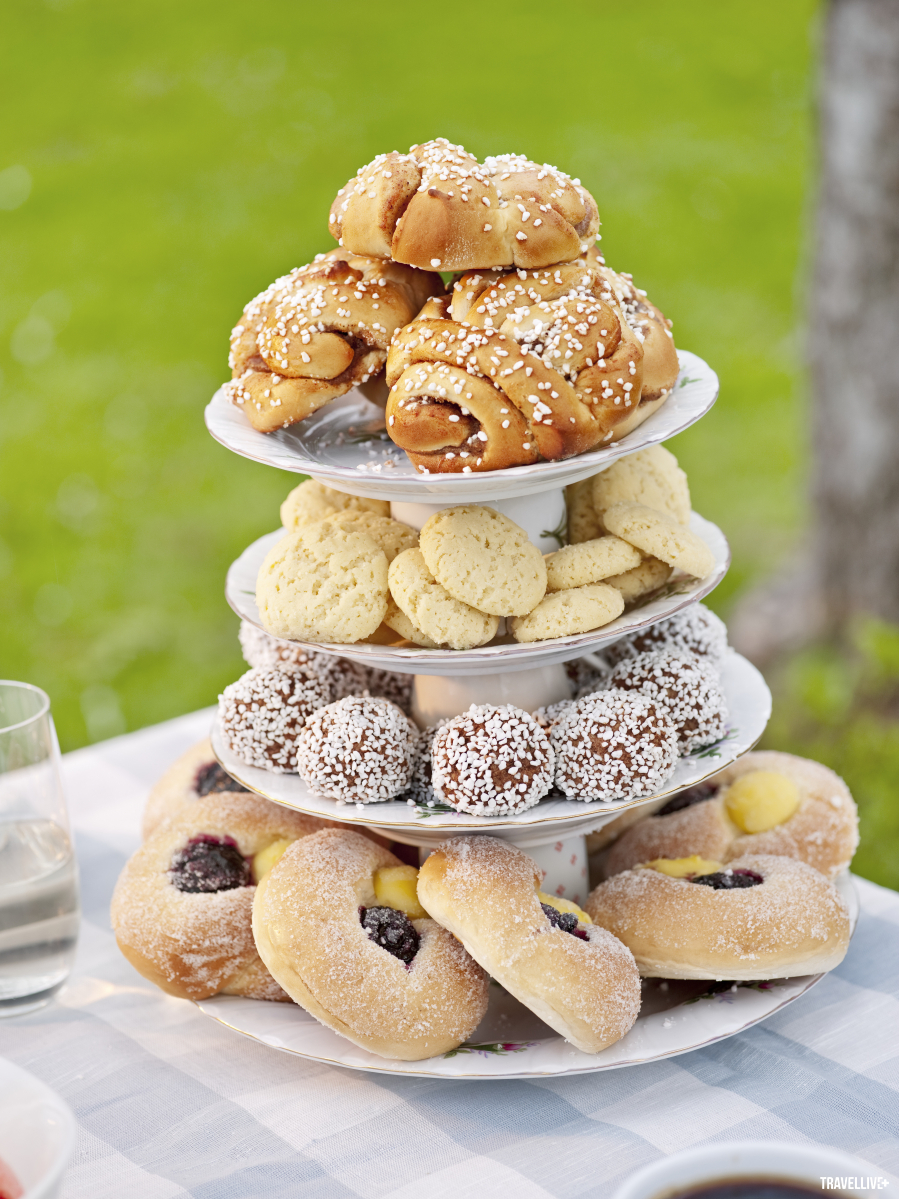
And despite all the effort it took to eat more cookies, guests still had to have one last kind of cake before the fika at home ended! It was an extremely elaborately decorated cake, almost like a perfect birthday or… wedding cake, even if it was just a cake to accompany a normal fika. And of course, like all other efforts of the host to show off, the more elaborate this cake was, the more it proved that the host was “well-off”. Nowadays, no one organizes a fika with such grand cakes, and the most elaborate cake would be the prinsesstårta – princess cake.
Prinsesstårta is quite time-consuming and laborious to make, with a sponge cake base inside, jam spread between the layers, icing, whipped cream for decoration, and a layer of sweet, grass-green marzipan on top. Of course, if you don’t want to spend too much time in the kitchen, you can buy prinsesstårta at any bakery or coffee shop on the street. This is also a popular cake for birthdays and Mother’s Day in Sweden.
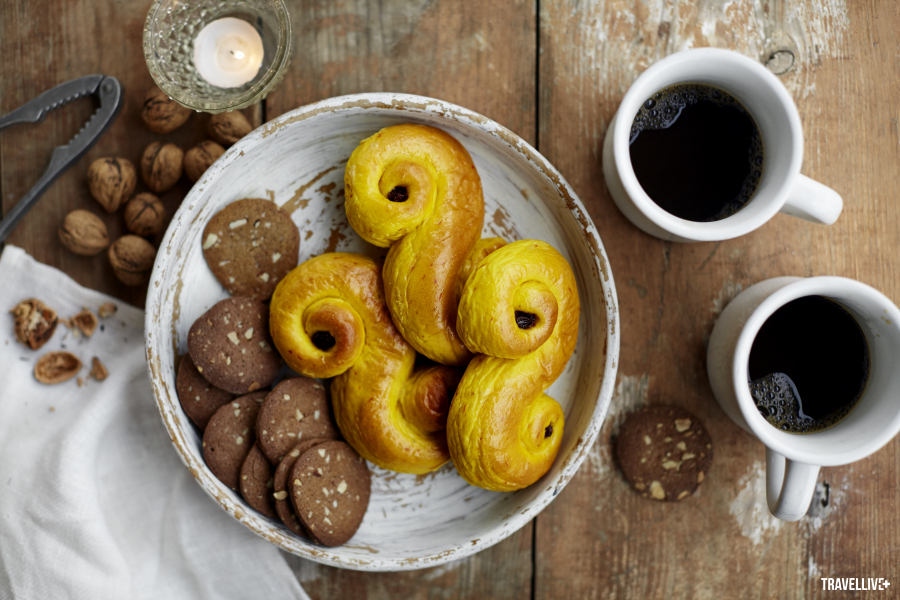

Fikabröd “seasonal cakes”
Swedes may have fika all year round, but they don’t just eat a few types of cakes all year round. The most popular are waffles. Waffles and meatballs are two of Sweden’s most iconic dishes. They are so iconic that if you go to any IKEA restaurant, in addition to meatballs, there will definitely be waffles on display at the coffee and cake counter. And not only is it popular, Swedes are so devoted to waffles that they set aside October 4th every year as national “Waffle Day”. If you happen to (or intentionally) visit Göteborg, Sweden’s second largest city, don’t forget to stop by Husaren, which sells the world’s largest waffles. A Husaren waffle is… bigger than an adult’s face!

In addition to “Waffle Day”, in the homeland of ABBA, people also celebrate “Våffel Day” on March 25 and “Cheesecake Day” on November 14. Although the våffel in Sweden and Norway has a similar name in English as waffle, it is actually very different from the waffles commonly found in mainland Europe. Våffel (or vaffel in Norwegian) appeared in the Middle Ages, with simple ingredients of only flour and water. It was not until the early 19th century that the ingredients for making the cake included eggs, cream and butter.
In the old days, våffel was a cake used to signal the arrival of spring. Spring came, hens began to lay eggs, and cows began to give milk. These were the ingredients that farmers used to make våffel. Nordic-style våffel was usually poured into a round iron mold, baked evenly on both sides to make the cake spongy and a little chewy, not crispy like the rectangular Belgian cake. Swedes often ate våffel with whipped cream and jam, while Norwegians preferred vaffel with brunost brown cheese made from goat's milk and whey.
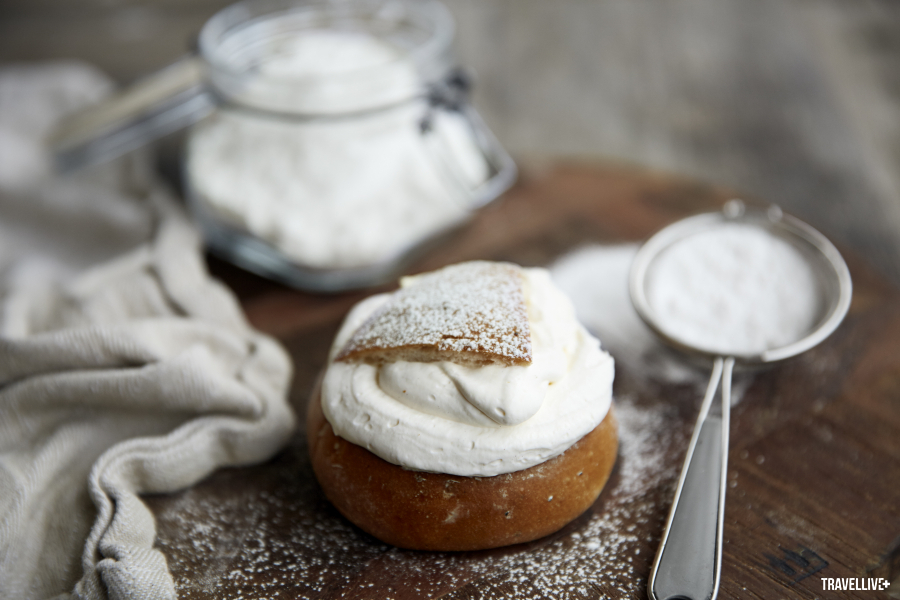
Besides the typical cake days, the Swedes also have two types of cakes associated with two major religious holidays of the year: semla for Easter and lussebullar for Saint Lucia Day – one of the major pre-Christmas holidays in this country.
A while ago, I read an article about a special customer in Stockholm, known in business terms as a mystery shopper – a person or group of people from a company who pose as customers to spy on and evaluate the performance of the employees at that company’s stores. What makes this customer special is that every year, he or she tastes all the semla in every store in Stockholm, and then comes up with a list of the best semla in the capital. This customer is so mysterious that no one knows whether he or she is male or female, how old he or she is, or any other identifying characteristics. Because of this level of “anonymity”, the annual semla list is something that almost everyone looks forward to.
In Gothenburg, where I lived and did my master’s degree, the list was compiled by a group of reporters from the local newspaper. Interestingly, the best place to buy semla was a pastry shop in the small ICA supermarket, just a 10-minute walk from my house. Their semla lived up to its reputation. The pastry was soft and spongy, the whipped cream filling was light and sweet, and the marsipan filling was just the right amount of sweet. The top was a “lid” cut from the pastry, sprinkled with a layer of powdered sugar as fine as snow. It had been three Easters since I had eaten such delicious semla!
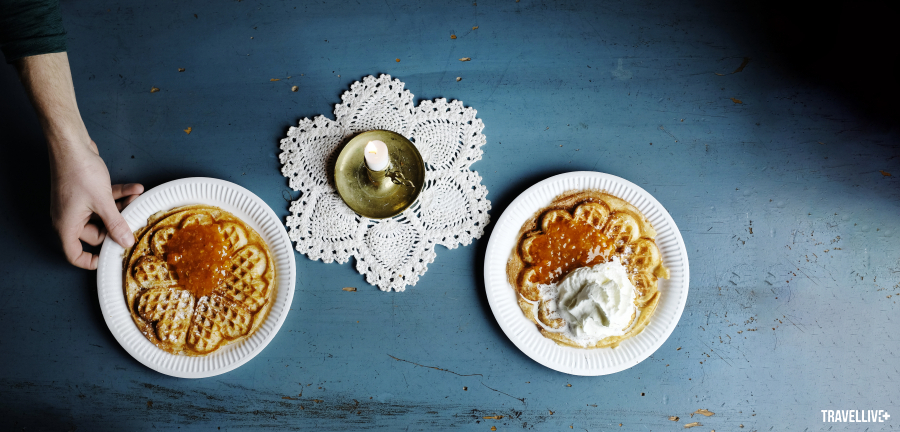
The final representative of the “seasonal” fika school is the lussebullar, a saffron-filled raisin cake, which is usually only available on store shelves on the occasion of the feast of St. Lucia on December 13. Lussebullar has the same ingredients and method of preparation as other sponge cakes, but in addition, it also has saffron, one of the most “expensive” ingredients in the culinary world. Saffron will give the cakes a brilliant golden color, with a light scent of saffron and cardamom – one of the popular spices in European kitchens. Families that do not have saffron can use turmeric powder instead, the cake will still have a beautiful bright yellow color, but the flavor cannot be compared to the original saffron. Lussebullar is often shaped into a curved shape like the letter S, or gracefully curved, so it is also called a cat’s tail cake (lussekatter).
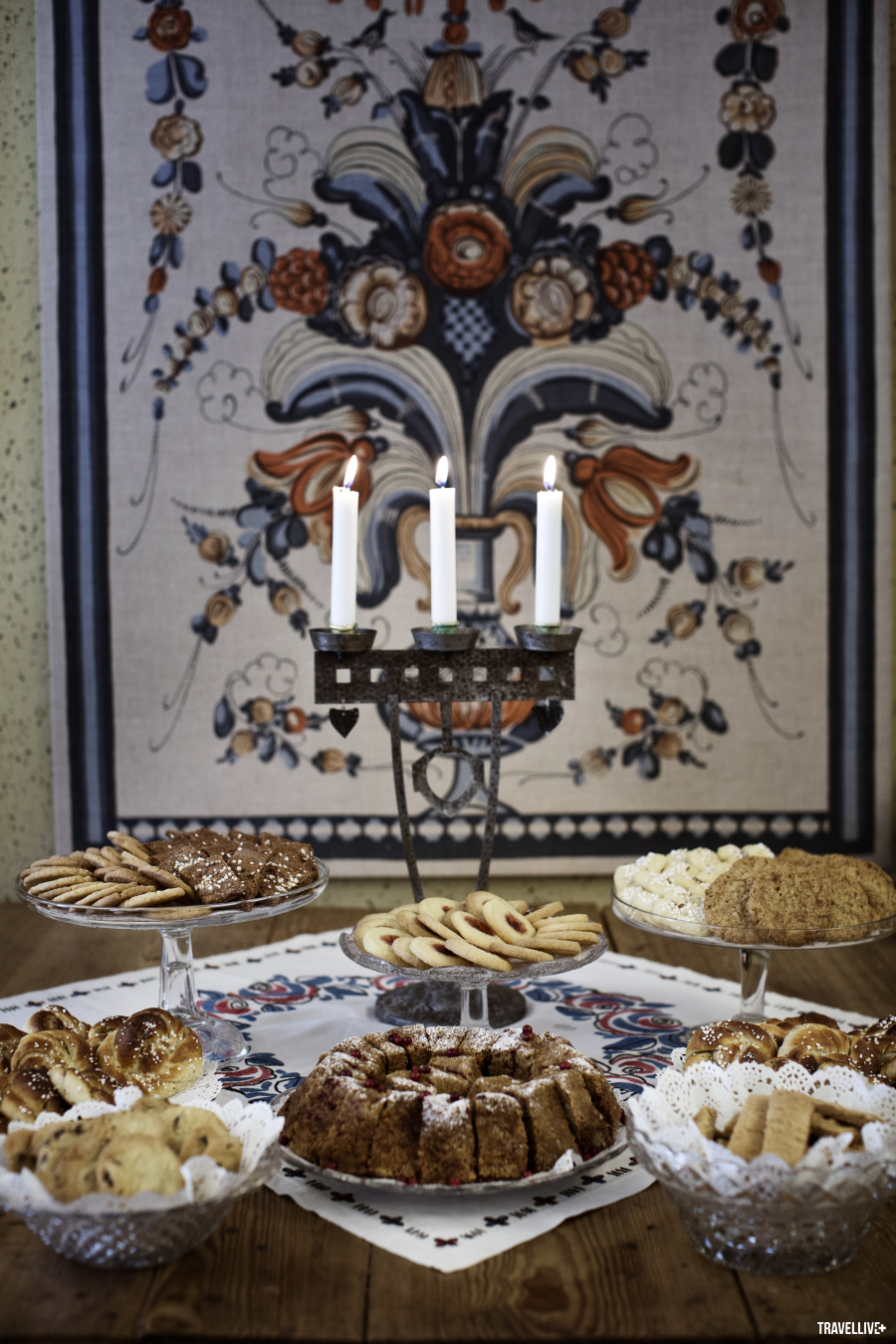
My husband's uncle told a funny story about lussebullar cake like this: He knew a friend. One day, his wife asked him to go to the store to buy a few grams of saffron to make a cake. Never having any experience in cooking or baking, the husband was sure that his old wife was senile, how could the ingredients only be a few grams, it should be... a few hundred grams of saffron. Excitedly driving to the store, he was shocked when he received a receipt worth almost his entire fortune! Of course, he didn't have enough money to buy all of those goods, so he went home and told his wife, intending to blame her for making such a wasteful dish. After hearing her husband's explanation and complaints, the wife drove to the store herself to buy it to get the job done!
That’s the funny story, I don’t know if my uncle added anything, but it was enough to make me laugh for a spontaneous fika during Christmas, when my kitchen had just finished baking a batch of hot and crispy gingerbread cookies and some fragrant lussebullar cookies. To make a batch of 20 cookies, you only need one gram of saffron.
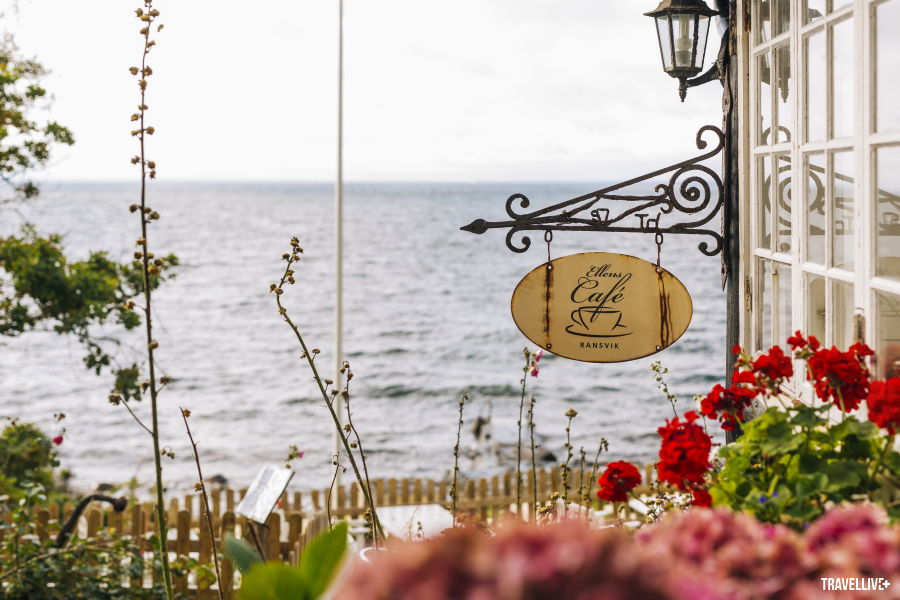





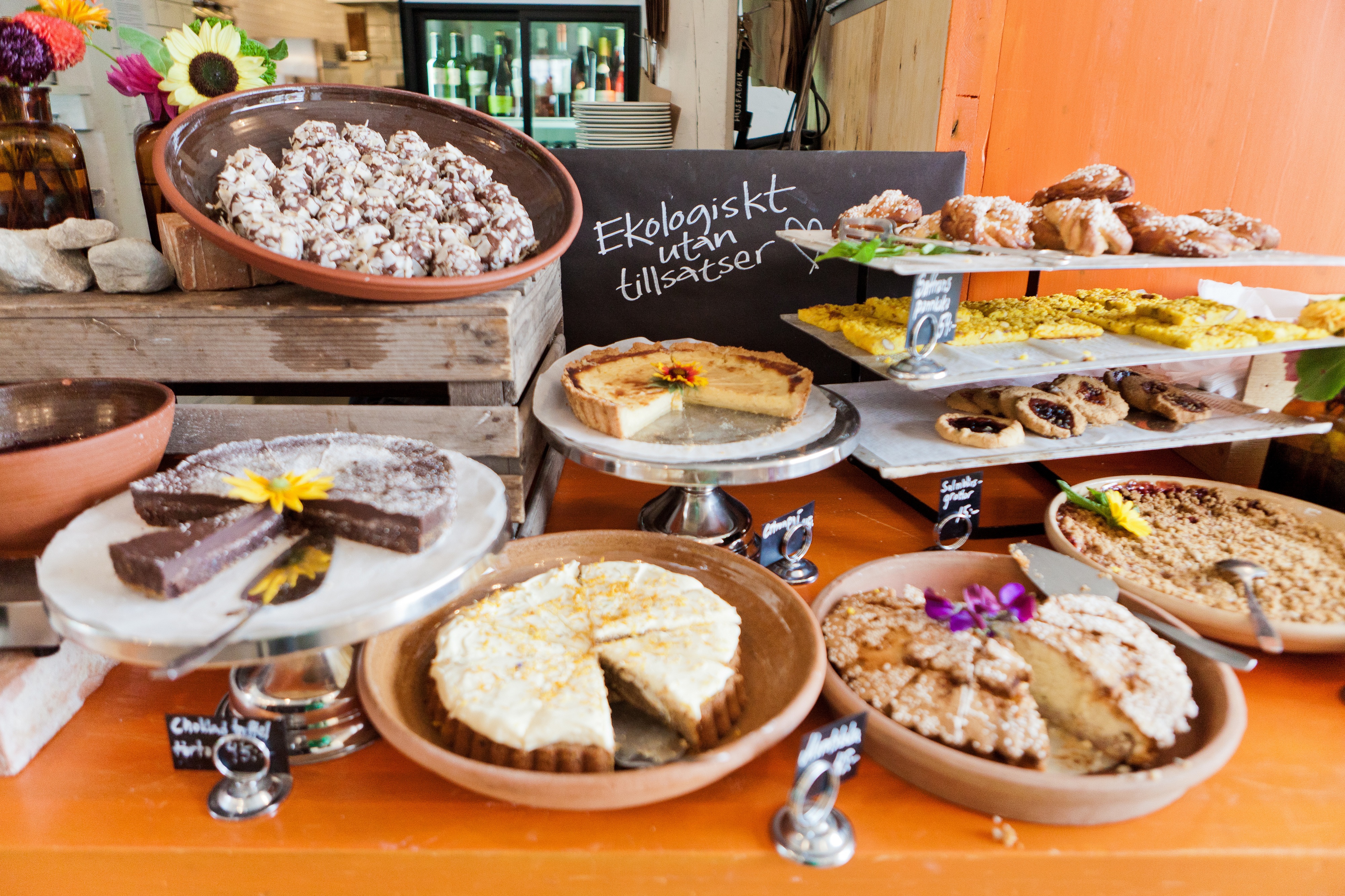










.jpg.jpg)









